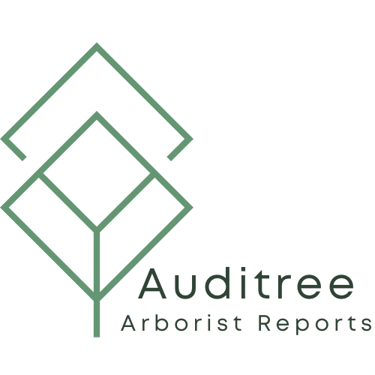Protecting Trees on Development Sites: A Look at Australian Standard 4970-2009
Learn about AS 4970-2009 arborist guidelines for tree protection on development sites. Explore Tree Protection Zones, encroachment & environmental care.
10/16/20242 min read


Trees are an essential part of the landscape, providing environmental, aesthetic, and social value. To protect them during development, Australian Standard AS 4970-2009 outlines guidelines for tree preservation on construction sites. This standard helps developers balance progress with environmental responsibility, and—importantly—it’s flexible, not rigid, allowing for site-specific solutions. Here's a breakdown of its key points.
What is AS 4970-2009?
AS 4970-2009 provides guidelines for protecting trees during development. It’s relevant to developers, planners, arborists, and builders and helps ensure that significant trees are preserved while development progresses. The standard revolves around protecting both the above-ground parts and the root systems of trees.
Tree Protection Zones (TPZs)
The Tree Protection Zone (TPZ) is central to the standard. It defines the area around a tree that should be protected from construction impacts. The size of the TPZ is determined by the tree’s diameter at breast height (DBH) x 12. For example, a tree with a DBH of 32cm would have a TPZ radius of 3.8m.
However, the TPZ is an assumption, providing an indicative area for protection rather than reflecting the exact location of the tree’s root system. Roots don’t grow uniformly—they are often longer and more developed on the windward side(to provide stability against wind) and may be suppressed by other trees, structures, or underground obstacles. Because of these variations, the TPZ should be used as a guide, and further assessment may be necessary to understand the specific root patterns of each tree.
Encroachment: Managing Construction Near Trees
Encroachment occurs when development activities or structures intrude into the TPZ. AS 4970-2009 allows for flexibility in managing this, distinguishing between minor and major encroachments:
Minor encroachments (less than 10% of the TPZ) may be acceptable with careful measures like hand-digging to avoid root damage.
Major encroachments (more than 10% of the TPZ) require more careful planning. An arborist must assess the situation, and in some cases, redesigning the project footprint or using non-invasive construction methods may be necessary.
Working with an arborist ensures that encroachment is handled in a way that minimises harm to the tree. Techniques like controlled root pruning may be recommended, but only under expert supervision.
Structural Root Zones (SRZs)
The Structural Root Zone (SRZ) is a smaller, more critical area that must be protected to ensure the tree’s stability. Unlike the TPZ, the SRZ is more rigid—construction activities within this zone are carefully scrutinised. It’s essential for the tree’s physical support, so any work in this area requires a higher level of attention to avoid destabilising the tree.
Arborist Involvement
The standard strongly recommends involving qualified arborists throughout the development process. Arborists assess the health of the trees, help define the TPZs and SRZs, and suggest modifications to the construction plan to minimise impact. They can also advise on specific techniques like pruning or alternative footings to ensure trees remain healthy.
A Flexible Specification, Not a Rulebook
A key aspect of AS 4970-2009 is its flexibility. Rather than a strict set of rules, the standard provides guidelines that can be adapted to the specific needs of each site. Developers aren’t expected to follow a one-size-fits-all checklist but are encouraged to assess each situation individually, with expert input.
Conclusion: Balancing Development and Tree Protection
AS 4970-2009 provides a practical framework for protecting trees while allowing development to proceed. Its flexibility enables developers to adapt to specific site needs without compromising tree health. By working closely with arborists and following the standard’s guidelines, it’s possible to create projects that are both environmentally responsible and economically successful.
© Auditree 2025. All rights reserved.


